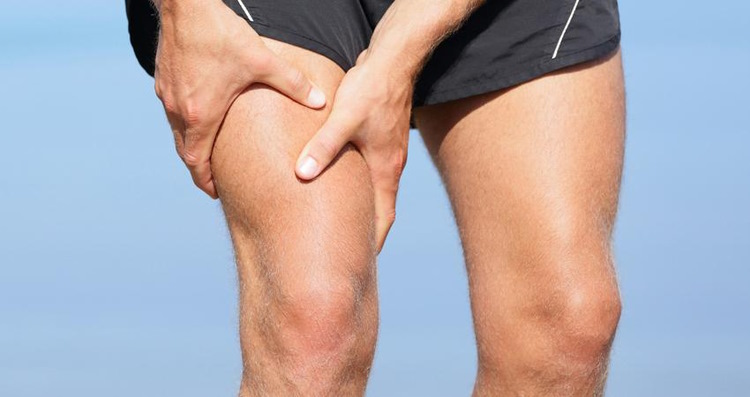Read about the latest FysioMeter news, developments and relevant research

Martin Jørgensen
CEO FysioMeter ApS
Sports Physiologist, Ph.D
Senior Scientist at Aalborg University Hospital
Groin injuries and prediction
Weekly screening of youth male football players: a 14-week longitudinal investigation of interactions between groin pain and long lever adductor squeeze strength
A recent longitudinal cohort study by Matthew DeLang and colleagues has shown that decreases in adductor squeeze strength occur one week prior to groin pain onset in young male football players. Weekly adductor squeeze strength testing may, therefore, be an early detector for groin pain, aiding in secondary prevention of groin injuries. The study highlights the importance of monitoring and testing for potential injuries in youth sports.
The abstract of the article is shown below.
For more information contact FysioMeter at info@fysiometer.dk

Abstract
OBJECTIVES: To explore relationships between groin pain and adductor squeeze strength in male academy football players over a 14-week period.
DESIGN: Longitudinal cohort study.
METHODS: Weekly monitoring of youth male football players consisted of reporting groin pain and testing long lever adductor squeeze strength. Players who reported groin pain at any time during the study period were stratified into the "groin pain" group while players who did not report pain remained in the "no groin pain" group. Baseline squeeze strength was retrospectively compared between groups. Players that developed groin pain were examined via repeated measures ANOVA at four timepoints: baseline, last squeeze before pain, pain onset, and return to pain-free.
RESULTS: 53 players were included (age 14.4 ± 1.6 years). Baseline squeeze strength was not different between players in the "groin pain" (n = 29, 4.35 ± 0.89 N/kg) versus "no groin pain" group (n = 24, 4.33 ± 0.90 N/kg, p = 0.83). At a group level, players with no groin pain maintained similar adductor squeeze strength throughout 14 weeks (p > 0.05). Compared to baseline (4.33 ± 0.90 N/kg), players with groin pain had decreased adductor squeeze strength at the last squeeze before pain (3.91 ± 0.85 N/kg, p = 0.003) and at pain onset (3.58 ± 0.78 N/kg, p < 0.001). Adductor squeeze strength at the point where pain subsided (4.06 ± 0.95 N /kg) was not different from baseline (p = 0.14).
CONCLUSIONS: Decreases in adductor squeeze strength manifest one-week prior to groin pain onset and further decrease at pain onset. Weekly adductor squeeze strength may be an early detector for groin pain in youth male football players.
